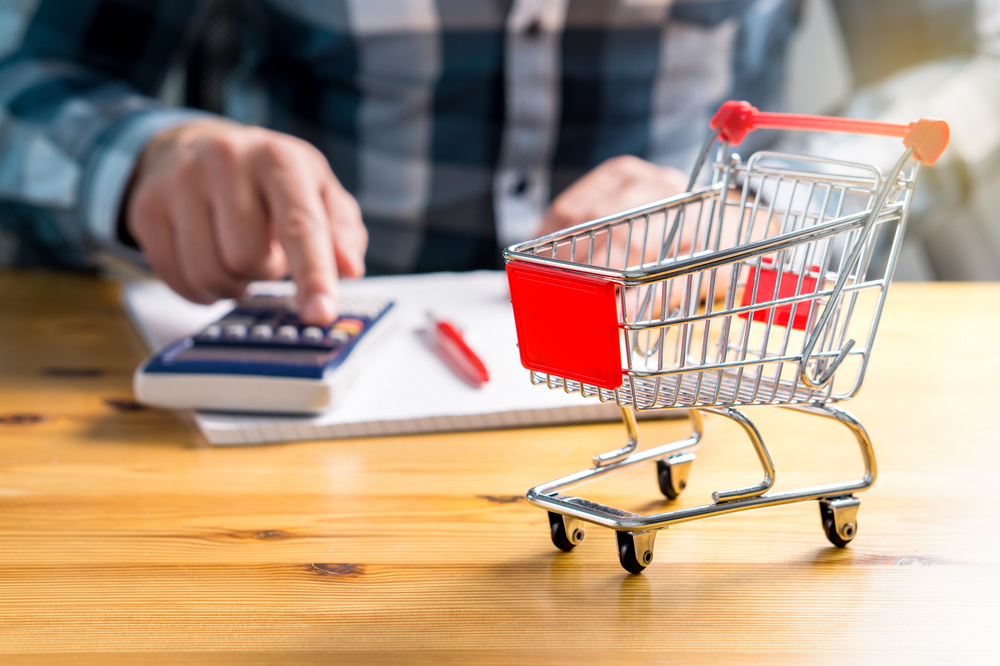
Usually, if you’re an FBA seller, you’ll have plenty of competition. But sometimes, you may end up being the only seller of a particular type of product. For instance, if you get in early on a new health trend in supplements, you might be the only seller. This might not last long, so you want to set a price that will maximize your profits by giving you the best mix of high margins and plenty of sales.
You could just apply a mark-up, and that’s what lots of retailers do. But buyers don’t care how much you paid for the product. They only care about what it does for them. So while you will probably make some profit if you use a regular mark-up, you might not make as much as you could.
You can look at substitute products; that is, products which are not the same as yours but which fulfill the same need. For instance, one local food market has several great take-out stalls. They have burritos, Japanese bento boxes, Chinese fried rice, and just recently a super Ghanaian Afro food stall arrived, selling chicken and peanut stew on jollof rice with a side order of plantain.
Obviously, no one else was selling the same food, and in fact there’s no other African food truck anywhere in town. But most of the other stalls were selling around a four bucks price point for a snack and eight to ten bucks for a proper meal. So a box of fried plantain sells for $4, and the stew sells at $9.50.
The big decision here, though, was whether the customers at that food market were adventurous enough to pay a premium for Ghanaian food, or needed a discounted price to be tempted away from their regular stands. If I’d been in charge I think I might have nuanced things by pricing at $5 and $10.50, and offering a promotional discount for the first few weeks.
You can also look at the value your product delivers. If it saves buyers a hassle, even a low-level hassle like having too many cables around the office, that might justify a relatively high price. If it preserves something expensive – for instance, an acid-free mounting for a work of art or a stopper that can keep a half-empty bottle of champagne nicely bubbly – then it would get a premium for that, too.
Some photographers spend $50 a time on filters that don’t do anything. Does that sound stupid? It isn’t, because the filter goes on to a lens that might be worth $600, so if anything gets scratched or broken, it will be the filter, not the lens. It’s insurance!
Think about how important your product is to your buyer. If it’s a novelty green fingernail decal for Halloween, it’s not really important. If it’s a suit to go to job interviews, it is very important. Importance equals value and means, which you probably guessed, you might succeed with a relatively high price.
Think about how long your product will be a solo product. If you have a new kind of cocktail stick, you’ll probably just have a couple of months and then competitors will have organized their sourcing. If it’s a complex health supplement you might have quite a bit longer. You need to get those sales to make your best profits before the competition get there, so a higher price together with a bigger ad spend might be the best idea.
There’s no easy way to do this. You really do need to think it through. In fact, it’s probably not a bad idea to think through these issues even if you do have competitors.
And of course, if you want to offer a promotional discount, you know where to come: Vipon!